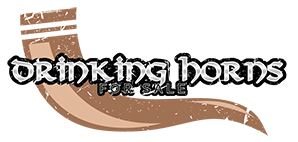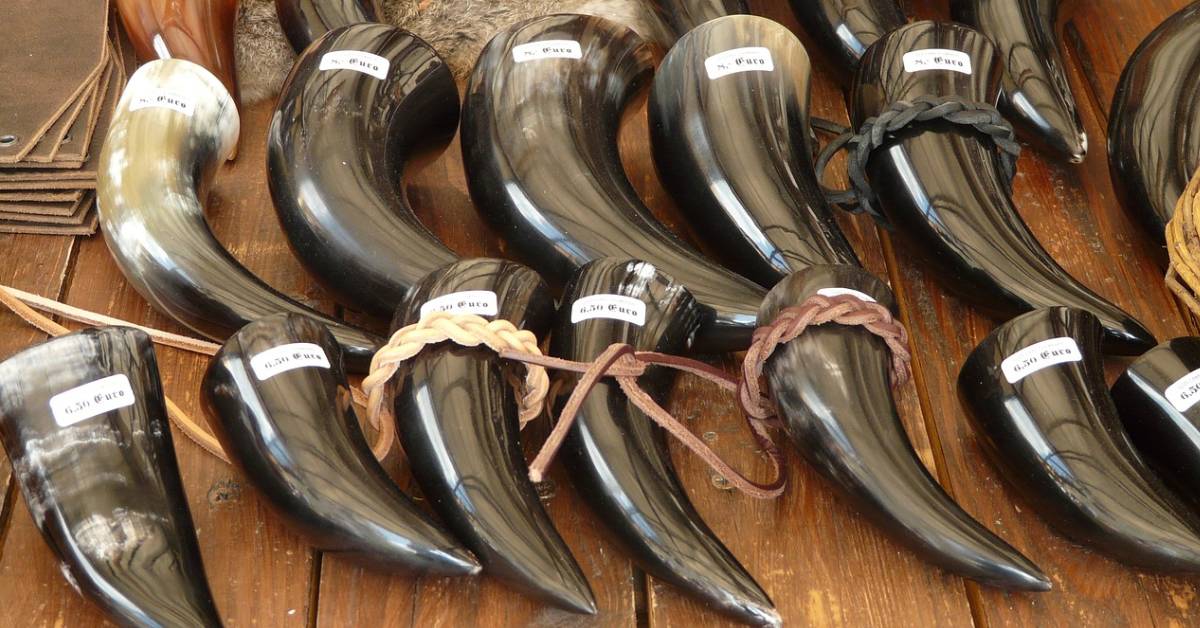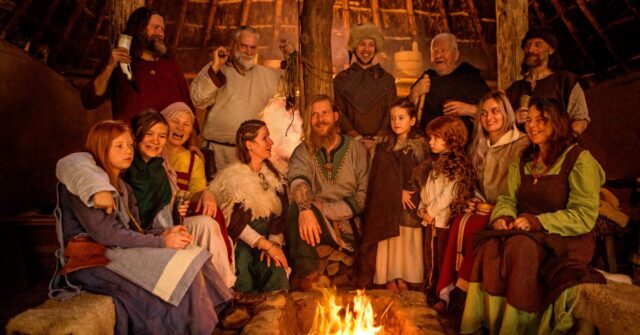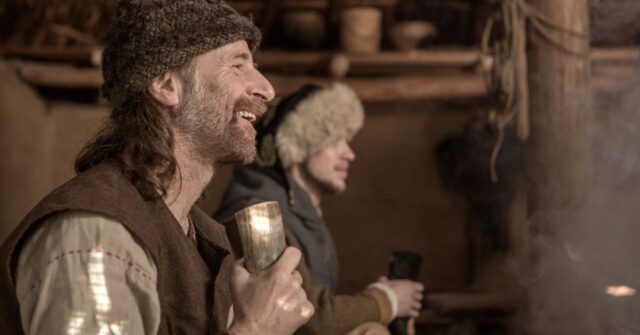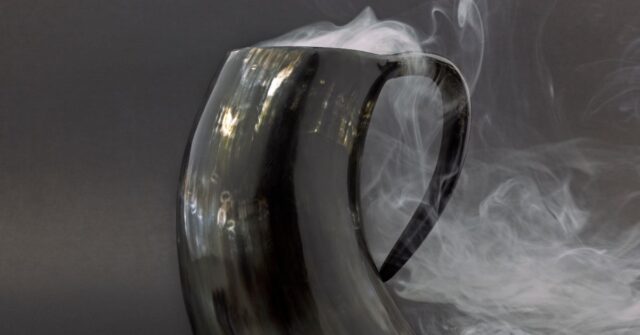The Vikings, renowned as seafarers and warriors, had a rich culture filled with unique traditions and rituals. Among their fascinating customs, the use of drinking horns in various rituals stands out.
This article delves into the intricate details of these rituals, exploring the origins, symbolism, and enduring impact of Viking drinking horns.
Introduction to Viking Culture and Rituals
Viking culture was highly complex, with a strong emphasis on honor, bravery, and family. This culture, vibrant and multi-faceted, gave rise to a variety of traditions and rituals, which served as a cornerstone of Viking society.
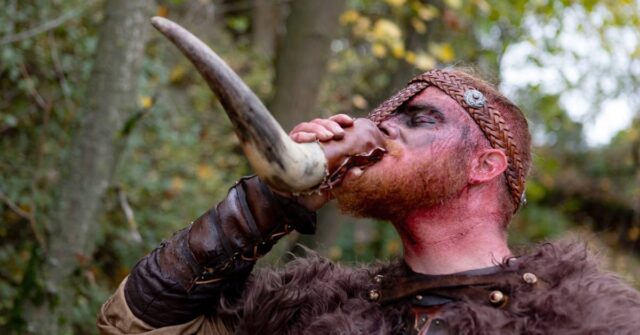
The Importance of Rituals in Viking Society
Rituals played a crucial role in Viking society, helping to cement social bonds and providing a spiritual connection to their gods.
They acted as a guide, instructing the Vikings on how to live, honor their ancestors, and appease their gods.
The Central Role of Drinking in Viking Rituals
Drinking was an integral part of Viking rituals. Ale and mead were common beverages, often consumed in communal settings as a form of celebration, remembrance, or religious observance.
Drinking rituals ranged from toasts to the gods to ritualistic feasting in honor of fallen warriors.
Origins and Historical Context of Drinking Horns
The use of drinking horns dates back far before the Viking Age. However, it was in Viking culture that these drinking vessels found a unique and significant role.
The Use of Drinking Horns in Ancient Cultures
Drinking horns were used by many ancient cultures, including the Greeks and Romans.
Often crafted from the horn of a bovine, these vessels were used both practically and ceremonially, a tradition the Vikings would later adopt and adapt to their own customs.
The Adoption of Drinking Horns by Vikings
The Vikings adopted the use of drinking horns, integrating them into their own rituals and ceremonies. These drinking vessels were often highly decorated, reflecting the skill and artistry of the Viking people.
The drinking horn was more than just a vessel for ale or mead – it was a symbol of power, status, and connection to the gods.
The Symbolism of the Drinking Horn
The drinking horn was much more than a simple drinking vessel to the Vikings. It held significant symbolic meaning, reflecting the societal status of the individual and their spiritual beliefs.
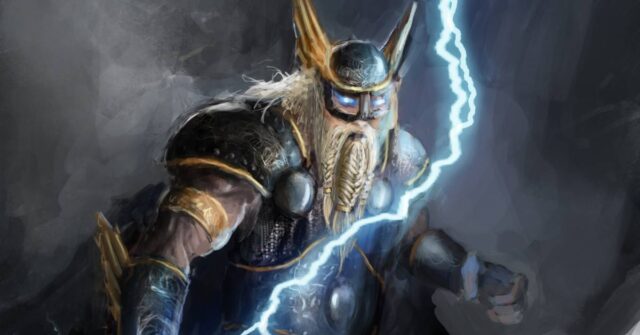
Connection with Norse Mythology
In Norse mythology, the drinking horn held a significant place. It was often associated with the gods, especially Odin, the chief god, who was often depicted with a drinking horn.
The horn was also linked with the Mead of Poetry, a mythical beverage that gave the drinker the gift of poetry and wisdom.
Symbol of Status and Power
The design and size of a drinking horn often reflected the status of its owner. Larger and more intricately decorated horns were typically owned by individuals of higher social standing.
Therefore, the drinking horn acted as a visual representation of power and status within Viking society.
The Role of Drinking Horns in Celebrations and Feasts
Drinking horns were central to many Viking feasts and celebrations. They were used during toasts and were often passed around to all participants to share in the communal act of drinking.
This shared experience helped strengthen social bonds and reaffirmed societal hierarchies.
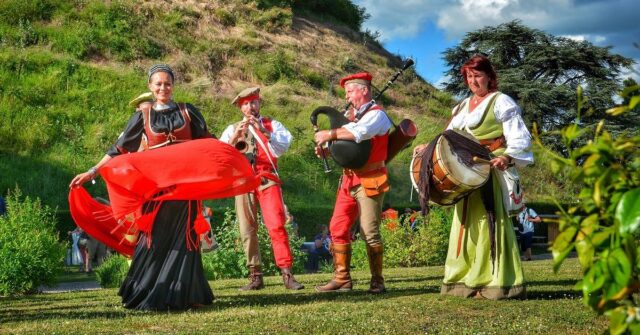
Manufacture and Design of Viking Drinking Horns
The creation of Viking drinking horns was a complex process that required both practical knowledge and artistic skill.
Materials and Crafting Techniques
Most drinking horns were crafted from bovine horns, though some were made from metal or glass. The process of crafting a horn involved cleaning, shaping, and often decorating the vessel.
Some horns were fitted with metal rims or ends, both for aesthetic purposes and to ensure the horn’s durability.
Artistry and Symbolic Carvings
Many drinking horns were adorned with intricate carvings, often depicting scenes from Norse mythology or Viking sagas.
These decorations were not only aesthetically pleasing but also held symbolic meanings, serving as a way for the owner to express their beliefs, status, or allegiances.
The Ritualistic Use of Drinking Horns
Drinking horns were not only used in casual drinking but also played a vital role in various rituals and ceremonies.
The Toasting Ritual and the Bragi Bowl
In Viking culture, a common ritual was the toasting ceremony or the ‘Bragi Bowl’. Named after Bragi, the god of poetry, this ritual involved drinking a toast to the gods.
The leader of the feast would make a vow, drink from the horn, and pass it around to the other participants.
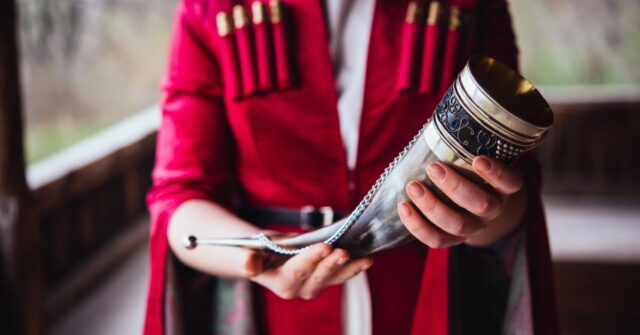
Funerary Rituals and the Drinking Horn
Drinking horns also featured in Viking funerary rituals.
It was common for horns filled with ale or mead to be included in a warrior’s grave goods, symbolizing their journey to the afterlife and the feasts they would partake in Valhalla, the hall of fallen warriors.
Drinking Horns in Religious and Seasonal Celebrations
Viking religious and seasonal celebrations, such as Yule, often involved the use of drinking horns. They were used to make toasts to the gods, to the coming season, or to the memory of ancestors.
Drinking Horns in Viking Literature and Sagas
Drinking horns feature prominently in Viking literature and sagas, further highlighting their importance in Viking society.
They appear in scenes of feasts, battles, and religious ceremonies, providing insight into how these items were used and the meanings attached to them.
Modern Interpretations and Usage of Drinking Horns
While the Viking age has long passed, the influence of their culture and traditions continues to be seen today, particularly in the use and representation of drinking horns.
Drinking Horns in Modern Norse Paganism
Modern Norse paganism, also known as Heathenry, often includes the use of drinking horns in its rituals.
Just as in the Viking age, these vessels are used in toasting ceremonies, blóts (sacrifices), and symbels (feasts), connecting modern practitioners to their spiritual ancestors.
Drinking Horns in Pop Culture and Media
Drinking horns have also found their way into pop culture and media, particularly in representations of Vikings in film and television.
While not always accurately depicted, their presence reflects the enduring fascination with Viking culture and the unique role of the drinking horn.

Conclusion: The Lasting Impact of Viking Drinking Horn Rituals
The drinking horn, while a seemingly simple item, holds a wealth of historical and cultural significance.
From its origins in ancient cultures to its central role in Viking rituals, the drinking horn remains a potent symbol of Viking culture.
Even today, its legacy endures, reflected in modern religious practices and popular culture. The tale of the drinking horn serves as a testament to the complexity and richness of Viking society and its enduring influence.
